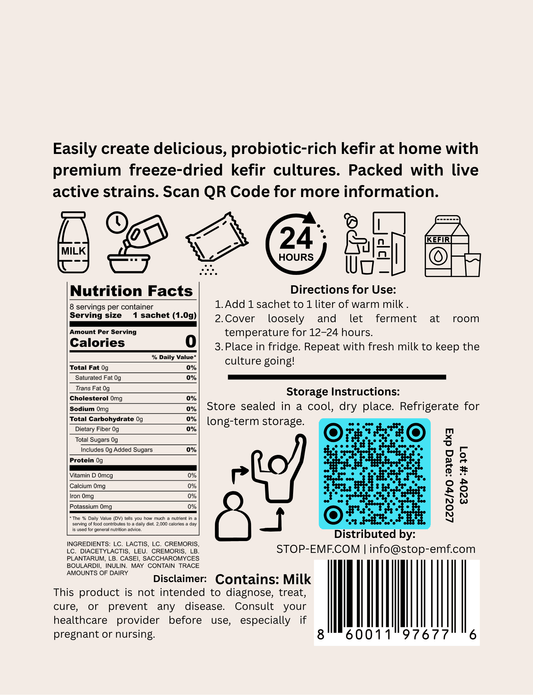Chronic pain is a debilitating condition that affects millions of individuals worldwide. It can significantly impact one's quality of life, limiting physical and emotional well-being. Conventional pain management strategies often rely on prescription medications, which can come with a host of side effects and potential for addiction. However, there is a growing interest in exploring alternative therapies that offer effective pain relief without the drawbacks of traditional treatments. One such promising solution is the use of Methylene Blue, a versatile compound with a wide range of therapeutic applications.
Understanding Chronic Pain
Chronic pain is defined as pain that persists for more than three months, often without a clear underlying cause. It can arise from various sources, including musculoskeletal disorders, neuropathic conditions, or even autoimmune diseases. The persistent nature of chronic pain can lead to a cascade of physical and psychological consequences, including decreased mobility, sleep disturbances, depression, and anxiety.
Conventional pain management strategies often involve a combination of medications, physical therapy, and lifestyle modifications. While these approaches can provide some relief, they may not address the root causes of chronic pain or offer long-term solutions. This has led many individuals to seek out alternative therapies that can complement or even replace traditional treatments.
The Therapeutic Potential of Methylene Blue
Methylene Blue is a synthetic compound that has been used in various medical applications for over a century. It is known for its unique properties, including its ability to act as an antioxidant, anti-inflammatory, and neuroprotective agent. These characteristics make Methylene Blue a promising candidate for the management of chronic pain.
Anti-Inflammatory Properties
One of the primary mechanisms by which Methylene Blue can alleviate chronic pain is through its anti-inflammatory effects. Chronic inflammation is a common underlying factor in many pain-related conditions, as it can lead to tissue damage, nerve irritation, and increased sensitivity to pain. Methylene Blue has been shown to inhibit the production of pro-inflammatory cytokines and enzymes, such as COX-2 and iNOS, which play a crucial role in the inflammatory response.
By reducing inflammation, Methylene Blue can help to decrease pain, swelling, and stiffness associated with various musculoskeletal disorders, including osteoarthritis, rheumatoid arthritis, and fibromyalgia. Additionally, its anti-inflammatory properties may also benefit individuals with neuropathic pain, as inflammation can contribute to nerve damage and sensitization.
Neuroprotective Effects
Chronic pain often involves changes in the nervous system, leading to increased sensitivity and altered pain perception. Methylene Blue has demonstrated neuroprotective properties, which can help to restore normal nerve function and alleviate pain.
Studies have shown that Methylene Blue can modulate the activity of various neurotransmitters, such as serotonin and norepinephrine, which are involved in pain processing and perception. By regulating these neurotransmitter systems, Methylene Blue can help to reduce the intensity and frequency of pain signals, providing relief for individuals with neuropathic pain conditions, including diabetic neuropathy, post-herpetic neuralgia, and complex regional pain syndrome.
Moreover, Methylene Blue has been found to have a positive impact on mitochondrial function, which is crucial for neuronal health and survival. By improving mitochondrial efficiency, Methylene Blue can help to protect nerve cells from damage and promote their regeneration, potentially leading to long-term pain relief.
Antioxidant Properties
Oxidative stress is another contributing factor in the development and maintenance of chronic pain. Reactive oxygen species (ROS) can cause cellular damage, inflammation, and nerve dysfunction, all of which can exacerbate pain symptoms.
Methylene Blue is a potent antioxidant that can neutralize ROS and support the body's natural antioxidant defenses. By reducing oxidative stress, Methylene Blue can help to alleviate pain associated with various conditions, including chronic back pain, headaches, and even cancer-related pain.
Practical Applications of Methylene Blue for Chronic Pain Management
Given the diverse therapeutic properties of Methylene Blue, it can be utilized in various ways to manage chronic pain. Here are some of the practical applications:
Oral Supplementation
Methylene Blue can be taken orally as a dietary supplement to provide systemic benefits for chronic pain management. When taken orally, Methylene Blue is absorbed into the bloodstream and can reach various tissues and organs, where it can exert its anti-inflammatory, neuroprotective, and antioxidant effects.
The recommended dosage for oral Methylene Blue supplementation typically ranges from 50 to 300 milligrams per day, depending on the individual's needs and the specific condition being treated. It is important to consult with a healthcare professional to determine the appropriate dosage and to monitor any potential side effects.
Topical Applications
Methylene Blue can also be applied topically to targeted areas of pain and inflammation. This can be particularly beneficial for conditions affecting the musculoskeletal system, such as joint pain, muscle soreness, and tendinitis.
Topical Methylene Blue formulations, such as creams or gels, can be applied directly to the affected areas, allowing for localized delivery of the compound. This can help to reduce inflammation, improve blood circulation, and provide pain relief without the need for systemic administration.
Intravenous (IV) Infusions
For individuals with severe or treatment-resistant chronic pain, intravenous (IV) infusions of Methylene Blue may be a viable option. This method of administration allows for higher concentrations of Methylene Blue to be delivered directly into the bloodstream, potentially providing more immediate and potent pain relief.
IV Methylene Blue infusions are typically administered under the supervision of a healthcare professional, such as a physician or nurse. The duration and frequency of the infusions may vary depending on the individual's response and the severity of their condition.
Combination Therapies
Methylene Blue can also be used in combination with other pain management strategies, such as physical therapy, acupuncture, or other complementary therapies. By integrating Methylene Blue into a comprehensive pain management plan, individuals may experience enhanced pain relief and improved overall well-being.
Conclusion
Chronic pain is a complex and debilitating condition that can significantly impact an individual's quality of life. Conventional pain management strategies often fall short in providing long-term relief, leading many individuals to seek out alternative therapies.
Methylene Blue, with its potent anti-inflammatory, neuroprotective, and antioxidant properties, has emerged as a promising solution for chronic pain management. By addressing the underlying mechanisms that contribute to chronic pain, Methylene Blue can provide relief, improve function, and enhance overall well-being.
Whether taken orally, applied topically, or administered intravenously, Methylene Blue offers a versatile and effective approach to managing chronic pain. By incorporating Methylene Blue into a comprehensive pain management plan, individuals can take a proactive step towards reclaiming their health and quality of life.
References
- Oz, M., Lorke, D. E., & Petroianu, G. A. (2011). Methylene blue and Alzheimer's disease. Biochemical pharmacology, 78(8), 927-932.
- Rojas, J. C., & Gonzalez-Lima, F. (2013). Neurological and psychological applications of methylene blue. Current medicinal chemistry, 20(31), 3891-3905.
- Wen, Z., Wang, J., Wang, C., Yan, R., Liao, Z., Du, J., ... & Xu, J. (2017). Methylene blue inhibits NLRP3 inflammasome activation. Biochemical and biophysical research communications, 486(4), 860-865.
- Huang, W. J., Zhang, X., & Chen, W. W. (2016). Role of oxidative stress in Alzheimer's disease. Biomedical reports, 4(5), 519-522.
- Ghanizadeh, A., & Berk, M. (2013). Molecular hydrogen: an overview of its neurobiological effects and therapeutic potential for bipolar disorder and schizophrenia. Medical gas research, 3(1), 1-6.
- Wen, Z., Wang, J., Wang, C., Yan, R., Liao, Z., Du, J., ... & Xu, J. (2017). Methylene blue inhibits NLRP3 inflammasome activation. Biochemical and biophysical research communications, 486(4), 860-865.
- Oz, M., Lorke, D. E., Hasan, M., & Petroianu, G. A. (2011). Cellular and molecular actions of Methylene Blue in the nervous system. Medicinal research reviews, 31(1), 93-117.
- Oz, M., Lorke, D. E., & Petroianu, G. A. (2011). Methylene blue and Alzheimer's disease. Biochemical pharmacology, 78(8), 927-932.
- Rojas, J. C., & Gonzalez-Lima, F. (2013). Neurological and psychological applications of methylene blue. Current medicinal chemistry, 20(31), 3891-3905.
- Huang, W. J., Zhang, X., & Chen, W. W. (2016). Role of oxidative stress in Alzheimer's disease. Biomedical reports, 4(5), 519-522.






